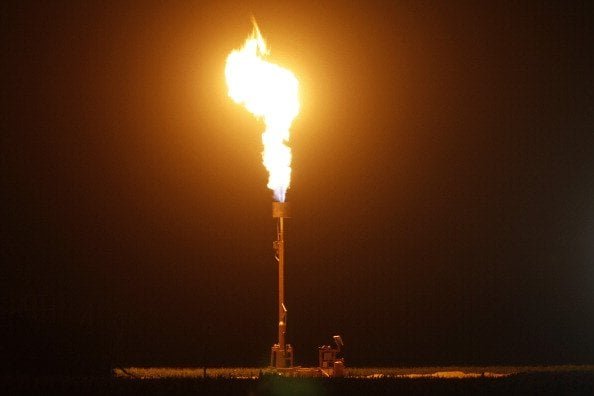Oil Market Response:
In recent developments, oil prices rebounded in early Asian trade, with Brent crude futures increasing by 0.15% to $82.46 a barrel, and U.S. West Texas Intermediate crude futures (WTI) rising by 0.12% to $77.13. This recovery comes as investors consider concerns about output cuts by major producers and attacks on shipping in the Red Sea. The Brent and WTI contracts experienced a 1.5% and 1.4% decline on the previous day.
On the geopolitical front, Washington vetoed a United Nations Security Council resolution on the Israel-Hamas conflict, obstructing a call for an immediate humanitarian ceasefire. Instead, the U.S. is advocating for a resolution linking a ceasefire to the release of Israeli hostages by Hamas. Meanwhile, attacks supporting Palestinians by Yemen’s Iran-aligned Houthis on vessels in the Red Sea continue to raise worries about freight flows through this crucial waterway, with at least four vessels hit by drone and missile strikes since Friday.
In terms of oil production, Russia, committed to output cuts of 500,000 barrels per day as part of the OPEC+ agreement, stated its intent to fulfill its OPEC+ quota in February despite a reduction in oil refining due to Ukrainian drone attacks damaging facilities. Russian refinery throughput has fallen by 7% since the beginning of the year, according to the country’s energy minister.
Concerns persist about the timing of rate cuts by the U.S. Federal Reserve, impacting the outlook for oil demand. The delay in the Fed’s easing cycle is attributed to U.S. inflation data from last week. Economists polled by Reuters now anticipate a rate cut in June. Preliminary Reuters polls also indicate an increase in U.S. crude inventories last week, while distillates and gasoline stockpiles are expected to decrease.



















